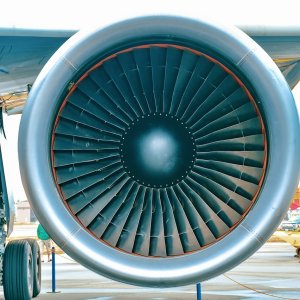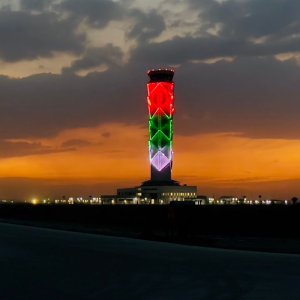
UNAM Wins Second Place in Space Challenge
 By Emilio Aristegui | Junior Journalist and Industry Analyst -
Thu, 09/15/2022 - 10:00
By Emilio Aristegui | Junior Journalist and Industry Analyst -
Thu, 09/15/2022 - 10:00
UNAM Propulsion won second place in the Latin American Space Challenge. The Mexican Ministry of Infrastructure, Communications and Transport (SICT) highlighted that the recognition is vital to the development of the country’s aerospace sector.
Ready? This is the week in Aerospace!
HSBC and Viva Aerobus Introduce Credit Card
HSBC Mexico and Viva Aerobus announced their first co-branded credit card: HSBC Viva. This option aims to grant passengers better travel experience and rewards through well-developed loyalty programs.
“HSBC Viva is HSBC Mexico's first co-branded credit card. It offers, exclusively, months without interest in the purchase of flights with Viva Aerobus; as well as another series of benefits for cardholders such as free luggage, priority boarding, access to Mastercard lounges at the AICM and more,” reads Viva Aerobus’ press release.
UNAM Wins Second Place in Space Challenge
SICT recognized UNAM Propulsion for its second-place finish at the Latin American Space Challenge, as students attributed a strong collaboration with the Mexican Aerospace Agency (AEM) as part of the project’s success.
ASESA MRO Leads Safety Innovation
The helicopter sector has evolved its safety standards, with all countries, manufacturers, and businesses following new rules that convey safer operations. The sector and its operators are well-regulated to provide better services. ASESA MRO, a company that provides offshore helicopter transportation and other services, has taken the lead in safety innovation by training and investing.
“We do everything by the manual. There are four types of maintenance. The first is maintenance for flight hours, which is programmed in advance and performed periodically. The second is the cycles scheduled maintenance, performed after a certain number of engine starts - shut-off and landings – takeoffs as specified in maintenance manuals. The third type is calendar scheduled maintenance (even though the aircraft has not flown, the scheduled maintenance shall be complied with). The last one is non-scheduled maintenance, which is focused on corrective actions to those deviations to the normal operating range established in the maintenance manuals on the aircraft mainframe, parts components, or systems,” explained Héctor González, Director General, ASESA MRO.
Technology, Vital for Mexican Aerospace Industry
Mexican company Lerta IT works with the Mexican Federation of the Aerospace Industry (FEMIA), the Mexican Aerospace Fair (FAMEX) and other associations to strengthen the aerospace sector in Mexico with solutions, knowledge and experience. It aims to help Mexico recover its Category 1 aeronautical safety standards.
“The aerospace industry is a long way from achieving the modernization it requires because it is still seen as a fad. Investing in automation and Industry 4.0 without a correct assessment of the company’s situation is a serious mistake. Whoever automates companies must fully understand their operations,” explains Óscar Wenceslao, CEO, Lerta IT.
















